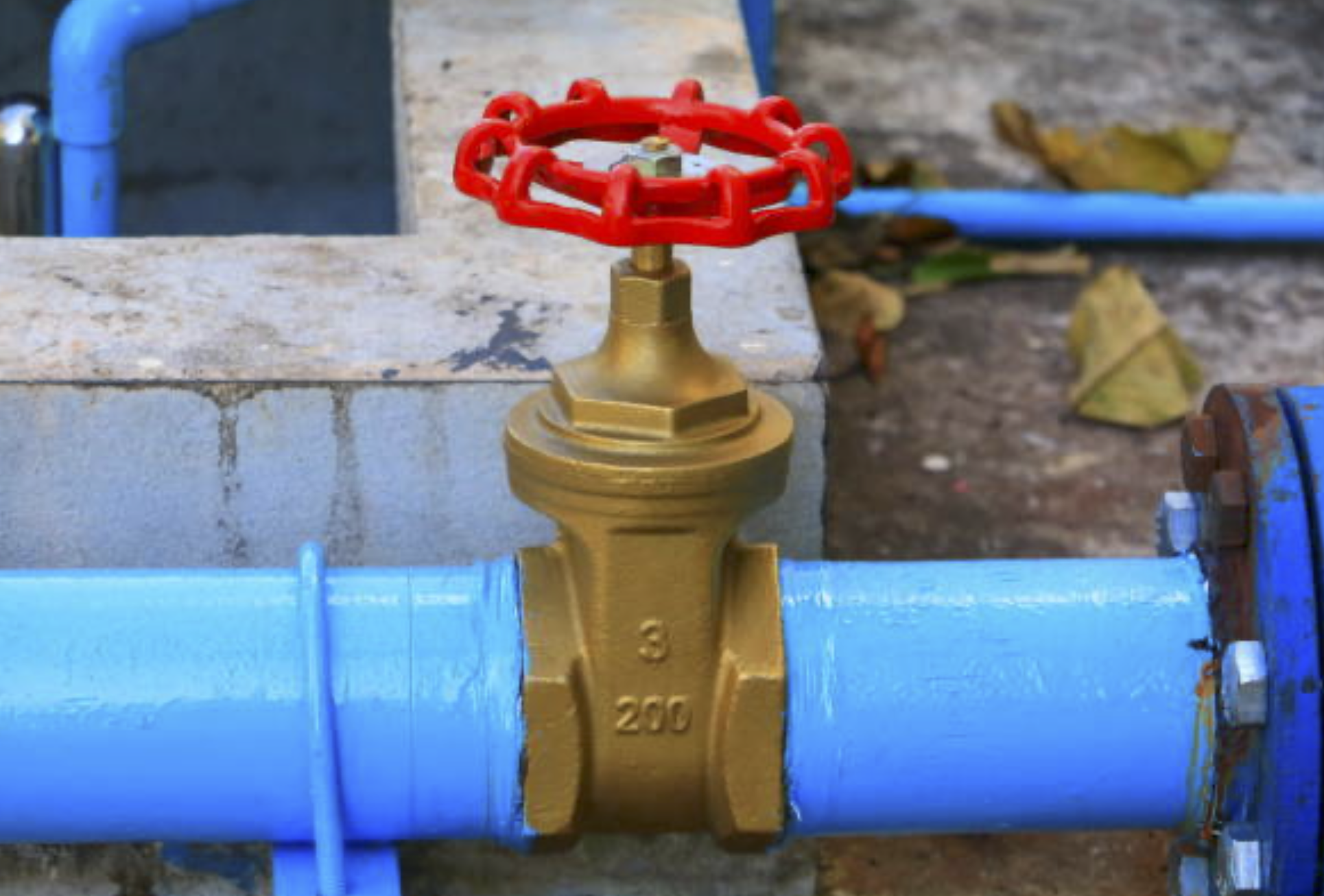
Advancements in Ultrasonic Flow Meters: Enhancing Efficiency and Accuracy in the Upstream Oil and Gas
Sector
Introduction: Flow measurement is critical in the upstream oil and gas sector for monitoring production rates, optimizing reservoir management, and facilitating custody transfer. Traditional methods of flow measurement, such as turbine meters and differential pressure meters, have limitations in terms of accuracy, reliability, and maintenance requirements. Ultrasonic flow meters offer a modern solution to these challenges, providing accurate and non-intrusive flow measurement capabilities across a wide range of operating conditions.
Benefits of Ultrasonic Flow Meters:
Ultrasonic flow meters offer several advantages that make them well-suited for use in the upstream oil and gas
sector:
- Non-intrusive measurement: Ultrasonic flow meters do not require direct contact with the flowing fluid, reducing the risk of contamination and pressure drop in the pipeline.
- High accuracy: Advanced signal processing algorithms and multiple transducer configurations ensure precise flow measurement, even in multi-phase flow conditions.
- Versatility: Ultrasonic flow meters can measure various fluid types, including liquids and gases, making them suitable for diverse applications in upstream operations.
- Remote monitoring and control: Many ultrasonic flow meters are equipped with digital communication capabilities, allowing operators to access real-time flow data remotely and optimize production processes.
- Reliability in harsh environments: Robust construction and resistance to extreme temperatures and pressures enable ultrasonic flow meters to maintain accuracy and performance in challenging operating conditions.
Applications in the Upstream Oil and Gas Sector:
Ultrasonic flow meters find widespread use in upstream oil and gas operations, including:
- Well testing and production monitoring: Ultrasonic flow meters accurately measure the flow rates of crude oil, natural gas, and produced water from individual wells, enabling operators to optimize production and reservoir management strategies.
- Custody transfer and allocation: Precise flow measurement is essential for determining the value of hydrocarbon products during custody transfer between parties or allocating production costs among multiple stakeholders.
- Pipeline monitoring: Ultrasonic flow meters installed at various points along pipelines monitor flow rates, detect leaks or anomalies, and ensure the safe and efficient transportation of fluids.
- Enhanced oil recovery (EOR): Ultrasonic flow meters play a crucial role in EOR processes by accurately measuring injected fluids, such as water or CO2, and monitoring their distribution within reservoirs.
Recent Advancements:
Recent advancements in ultrasonic flow meter technology have further improved their performance and capabilities in the upstream oil and gas sector. These include:
- Enhanced signal processing algorithms: Advanced digital signal processing techniques enable ultrasonic flow meters to compensate for changing flow conditions and provide more accurate measurements.
- Multi-path transit-time measurement: Multi-path ultrasonic flow meters utilize multiple acoustic paths to measure flow velocity from different angles, reducing the impact of flow profile distortions and increasing measurement accuracy.
- Integration with digital oilfield solutions: Ultrasonic flow meters are increasingly being integrated with digital oilfield platforms, enabling real-time data analysis, predictive maintenance, and optimization of production processes.


